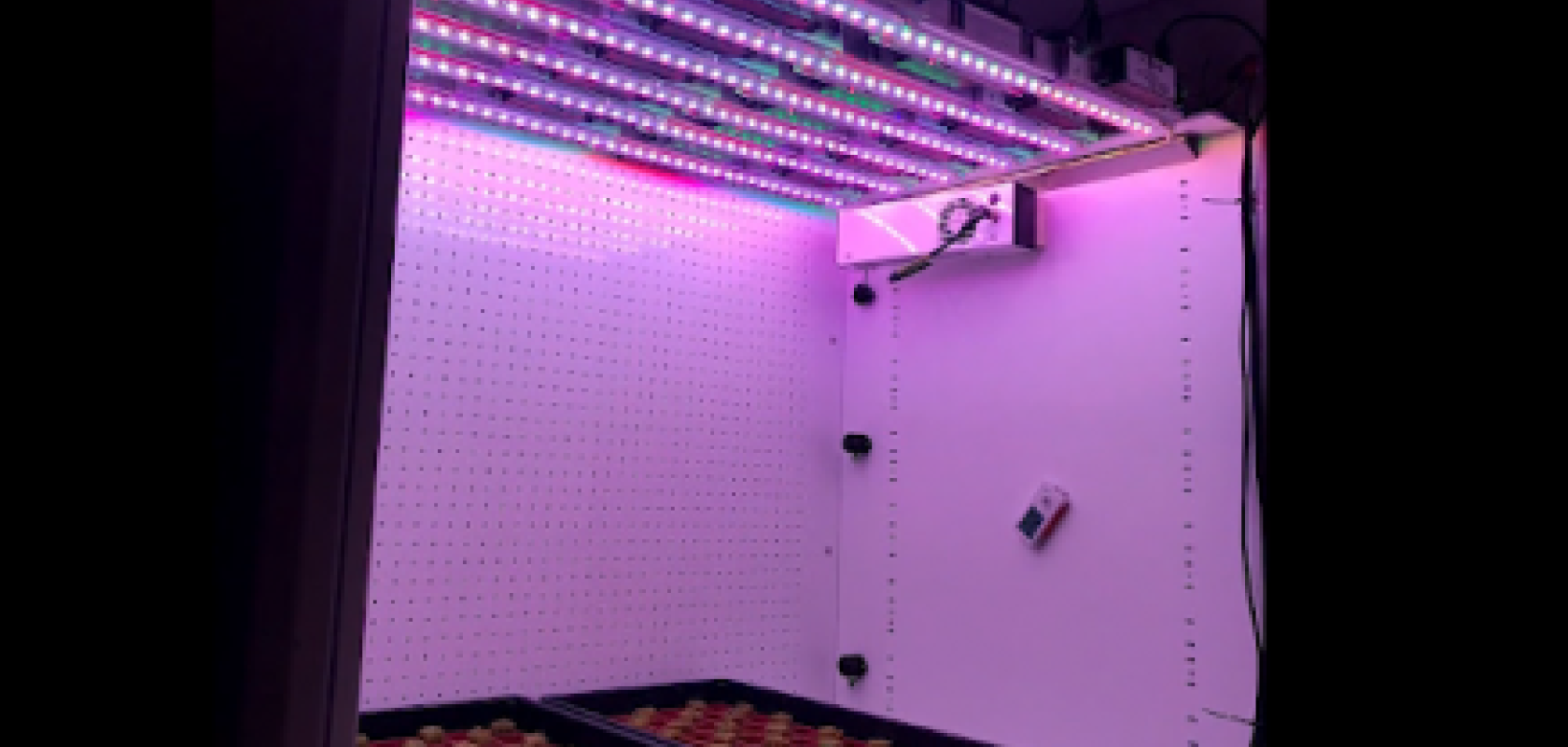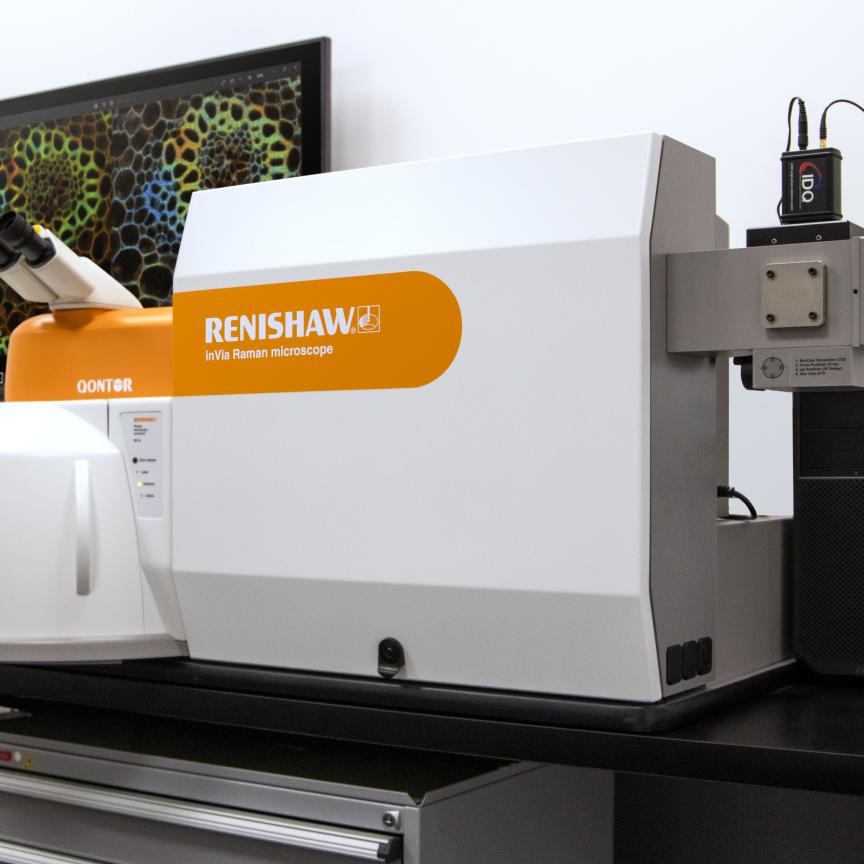A new tuneable lighting module has been developed by researchers in New York, USA, to provide advanced control over the spectral distribution of colour used to stimulate plants in horticulture research.
The Tunable Irradiance Growth Efficacy Research (TIGER) Light, developed by the Lighting Enabled Systems & Applications (LESA) Center in collaboration with the Greenhouse Lighting & Systems Engineering (GLASE) consortium, can be used to evoke specific physiological responses from plants by offering both dynamic adjustment of the spectrum and intensity of the light it emits.
The module uses a custom LED design from Taiwan-based Prolight Opto, in which six LEDs of different wavelengths are combined in a single LED package to enable superb colour mixing at any distance from the light source.
As light is a source of both information and energy for plants, creating spectrally uniform precise ‘light algorithms’ by controlling its timing and spectral power distribution is critical for optimising controlled environment agriculture (CEA) plant growth.
Understanding how plants use the energy and information from light can lead to more efficient CEA crop production and higher nutritional content. The TIGER Light will aid in this by helping determine how the dynamic use of specific wavelengths can augment plant growth rates and improve nutritional value, while controlling other plant qualities for improved CEA outcomes.
‘The TIGER Light is a powerful research tool,’ remarked LESA Researcher Rick Neal. ‘Each module can be calibrated separately and independent of the housing to be systematically and individually tuned.’
The modular fixture design of the TIGER Light can be ‘daisy chained’ to flexibly cover a wide range of growth area dimensions. Calibration files stored on each module compensate for any LED binning variation and any issues with LED driver non-linearity, making sure each module offers identical performance.
The LESA engineering research team has also reconfigured the physical layout of the six- colour LED board assembly for integration with US firm PP Systems’ CIRAS-3 Portable Photosynthesis System, for use as a companion tool for developing optimised plant growth recipes based specifically on the TIGER Light capabilities. By using the same six-in-one LED package, the leaves of a plant can be exposed to light with excellent spectral mixing during photosynthetic efficiency measurements.
Shade avoidance response triggered by the red to far-red ratio, as well as stomatal control dictated by blue and green light, are wavelength-specific light responses already well known in horticultural science. With the TIGER Light, researchers now have the capacity to finely tune their lighting conditions to allow further research into light as an information source.
The TIGER Light platform was developed under funding from the National Science Foundation (NSF) and is now supporting development of advanced greenhouse lighting platforms as part of the GLASE consortium.
Related article
Green shoots of horticulture light analysis: Testing LEDs using spectrometers


